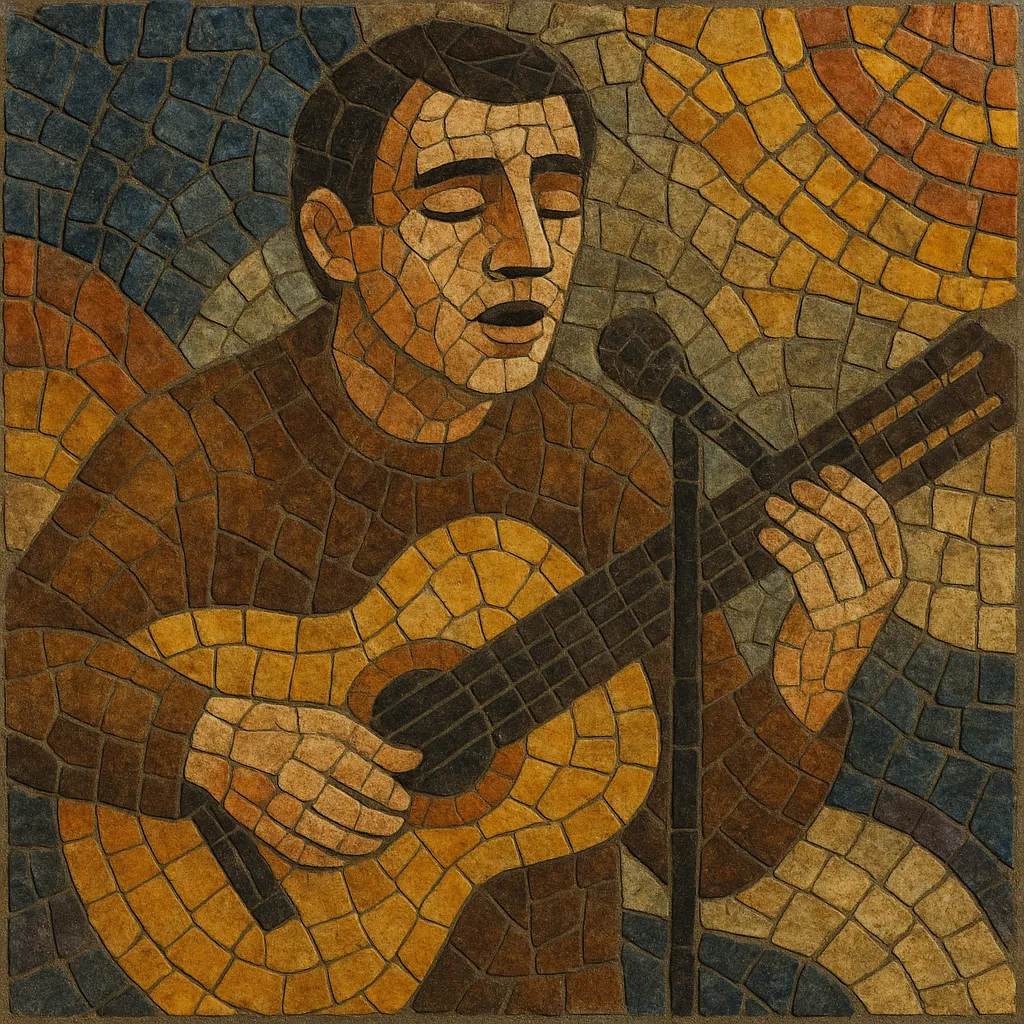Nova cançó is a Catalan-language singer‑songwriter movement that emerged in the early 1960s as a cultural and political expression under Francoist Spain. Artists used intimate, text‑forward songs to defend the Catalan language and identity while addressing social justice, freedom, and everyday life.
Musically, nova cançó draws on French chanson’s literary focus and the folk revival’s acoustic simplicity: clear vocals, nylon‑string guitar or piano, sparse accompaniment, and memorable, strophic melodies. The lyrics are poetic and metaphor‑rich—often deploying allegory to evade censorship—yet they remain direct enough to function as anthems for collective solidarity.
Nova cançó arose in Catalonia in the early 1960s as part of a broader folk‑singer‑songwriter wave in Europe. Inspired by French chanson (Brassens, Brel, Ferré) and the folk revival, Catalan artists formed collectives such as Els Setze Jutges to champion Catalan‑language songs at a time when public use of Catalan was suppressed under Franco’s dictatorship. Early foundational voices included Raimon and Lluís Llach, who set poetry and social observation to spare, melodic accompaniments.
As the movement gained popularity, its lyrical content broadened from cultural affirmation to explicit social critique and democratic aspiration. Songs often employed metaphor and historical imagery to pass censors while still galvanizing audiences (e.g., Llach’s “L’Estaca”). Performances became rallying points for cultural resistance across Catalan‑speaking regions, with artists like Joan Manuel Serrat bringing the style to Spanish‑ and international‑language audiences—sometimes provoking bans and controversy.
With Spain’s transition to democracy, nova cançó diversified in sound—some artists incorporated folk‑rock, jazz, or progressive touches—while maintaining a strong lyric tradition. Its legacy endures in Iberian protest and singer‑songwriter currents, shaping Spanish and Portuguese “nueva/nova canción” lineages and informing later Catalan pop and indie scenes. Many of its emblematic songs remain intergenerational anthems of memory, identity, and civic engagement.


